Orchidaceae, a family boasting over 28,000 species worldwide, are renowned for their intricate beauty and fascinating adaptations. These perennial plants exhibit a remarkable diversity of forms, even within species, with flowers featuring three sepals and three petals, one of which often forms a distinctive lower lip (the labellum) which is an important identification feature. They rely on diverse pollination methods, often involving intricate relationships with insects and fungi, and are highly specialised to survive in specific habitats.
The UK is home to 57 native orchid species, ranging from common meadow flowers to prized rarities. This blog explores a group of these British orchids and provides information on both their identifying characteristics and distribution in the UK.
Bird’s-nest Orchid (Neottia nidus-avis)

Identification: Bird’s-nest Orchids are incredibly distinctive and are named for their unique root system that resembles a bird’s nest. They have no leaves, and do not have chlorophyll, so they rely on nutrients provided by mycorrhizal fungi in the soil.
The cylindrical spike grows up to 50cm in height and can carry up to 100 yellow-brown flowers that smell like honey. The sepals and upper petals are short and form a fan-shaped hood at the top of the flower. At the base is a broad, long lobe that is forked in the middle, and at the base of this lip is a shallow cup of nectar which is used to attract small insects for fertilisation.
Distribution: This species has a scattered distribution throughout the UK but is locally common in southern England and Northern Ireland. Bird’s-nest Orchids can be found in mature woodland, especially those with beech and Yew, in southern England and typically flower from early May to late June.
Burnt Orchid (Neotinea ustulata)

Identification: This distinctive orchid has two variations: early flowering and late flowering forms, which exhibit subtle differences in flower colour. This orchid is conical to cylindrical in shape and features densely packed, deep-purple flower buds. These flowers have dark purple-red sepals and pale petals, including a four lobed white lip with red-purple spots.
Early Flowering Form: Grows up to 10cm tall, with a closely packed flower spike bearing up to 50 small flowers. The sepals and upper petals form a tight, darkly coloured hood, which appears red-brown when the flowers first open and quickly fades as the bud matures. It has a long white lip with two rounded side lobes, and a bluntly forked central lobe. Early flowering forms have a strong, sweet scent and are pollinated by flies.
Late Flowering Form: Typically found between 8 and 15cm in height. Late flowering form flowers have shorter, blunter lobes and the red colouring on the hood remains strong even with maturity. The edges of the lip are usually flushed with colour, which can spread over the whole lip in some cases.
Distribution: Formerly widespread throughout the UK but has undergone declines in the north and midlands. It is now found in a few localities, mainly in southern England, on chalk and limestone grassland and meadows. Early flowering forms bloom mid May to mid June. Later flowering forms bloom late June to early August.
Greater Butterfly Orchid (Plantanthera chlorantha)

Identification: Greater Butterfly Orchids can grow up to 60cm in height. The plant consists of a tall spike of up to 40 greenish-white flowers in a loose cluster. The overall flower structure is similar to Lesser Butterfly Orchids and has ovate lateral sepals with a wavy edge like the wings of a butterfly. The upper sepal and petals form a broad, green-white hood and a long, translucent lip has a green tip. At the base of the stem, there are two large, shiny leaves that are blue green in colour and elliptical in shape.
Distribution: Widespread throughout the UK, but most common in southern England. Found in meadows, open scrub, grassland and ancient woodland on chalk grassland or calcareous soil. Flowers from late May to late July, where they emit a powerful scent at night and are pollinated by moths.
Common-spotted Orchid (Dactylorhiza fuchsii)

Identification: Up to 70cm in height, the spike is either pyramidal or cylindrical in shape and can host up to 70 flowers at a time, all various shades of pink, purple and on occasion, white.
The flowers are slightly scented and are pollinated by a range of insects but are particularly attractive to day-flying moths. They have a three lobed lip with a larger, more triangular central lobe that is marked with a pattern of dark pink spots and stripes. The lateral sepals are spreading, and dorsal sepals and upper petals form a loose hood at the top of the flower. All petals and sepals are marked with dark pink lines and dots. It has spotted, narrow basal leaves that form a rosette at ground level.
Distribution: One of the most common and widespread orchids in the UK, but is absent from much of Cornwall, Devon and northern Scotland. They can be found in a range of habitats, including woodland, dry grassland, wet meadows, marshes, man-made road verges and railway embankments. Common-spotted Orchids can be found in flower from mid-May to early August.
Pyramidal Orchid (Anacamptis pyramidalis)

Identification: This species is named for the pyramid shape of its flower spike during early growth stages, before it matures into an elongated, cylindrical shape. The flower spike grows up to 60cm in height and is densely flowered with up to 100 flowers at a time. These can be pale pink, to reddish pink in colour and have a sweet vanilla-like scent. The lower lip is divided into three lobes, which can vary in shape, and the sepals and upper petals form a tight hood over the flower. Pyramidal Orchids have up to four grey-green, narrow basal leaves.
Distribution: Common and widespread in England and Wales. It can be found on grassland and sand dunes on chalk and limestone soils, and grows well on human-made habitats, including road verges and roundabouts.
Bee Orchid (Ophrys apifera)
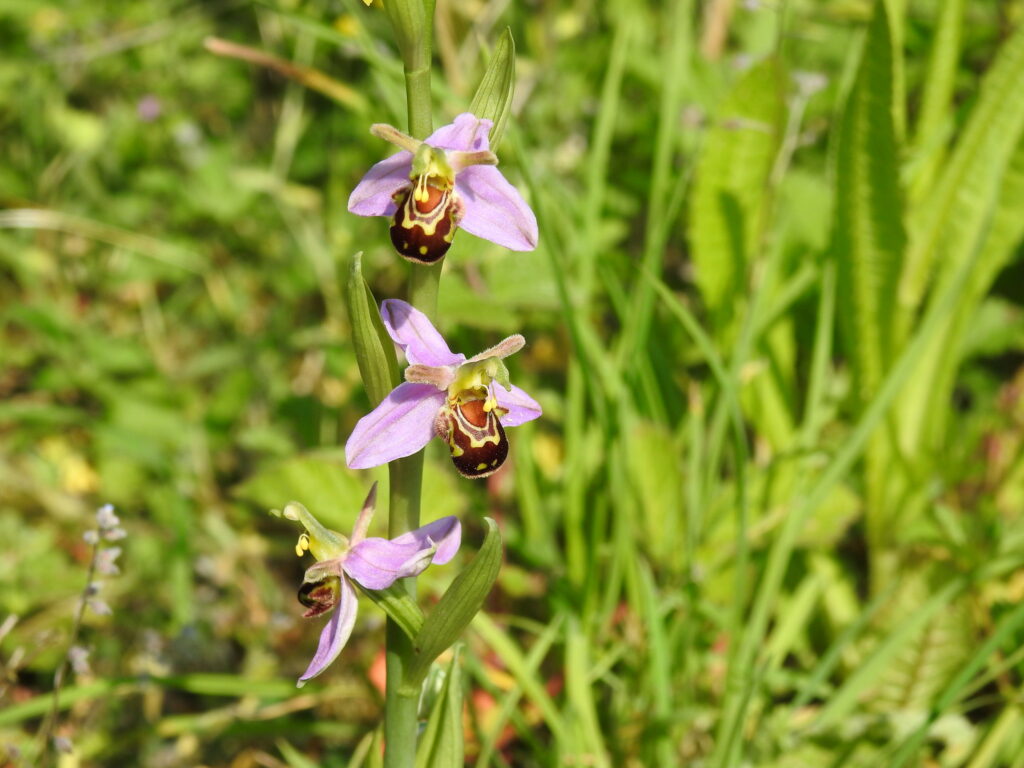
Identification: These distinctive plants have a flower that resembles the body of a bumblebee – a pattern that has since lost significance in the UK, so this species relies on self-pollination.
It grows between 10-50cm in height, and each plant can develop up to seven good-sized flowers. At the base of the stem, there is a rosette of five to six grey green basal leaves – these sit at ground level and have two sheathing leaves that grow upwards on the stem. The distinctive, velvety lip has three lobes – the central section is slightly convex and the side lobes form two small humps. It is rich maroon to purple-brown in colour, with grey and pale-yellow markings. The three wing-like sepals are pink and have a central green vein. Upper petals are brown and cylindrical in shape, forming the antennae of the bee.
Distribution: Found throughout Britain, although scarce in Cornwall, north Devon and Scotland. Bee Orchids can be found on dry chalk and limestone grasslands, calcareous dunes and roadsides or waste ground. Flowers from early June to late July.
Fly Orchid (Ophrys insectifera)

Identification: This fascinating species has evolved to resemble an insect in order to attract pollinators. Fly Orchids can grow up to 60cm in height and can bear up to 15 flowers on a spindly stem. The flower has a velvety texture and is dark purplish brown in colour with an iridescent blue band in the middle of the lip. The lip is long, with two short side lobes, and a central lobe that is notched at the bottom. At the base, there are two coloured patches that resemble eyes, with the same velvety texture. The flower has three sepals that are pointed, yellow green in colour and stiff. The thin upper petals are dark purple or brown and resemble antennae.
Fly Orchids typically have three to four dark green basal leaves, that are shiny on the surface and have blunt tips.
Distribution: Widespread throughout the UK, but populations are declining and are fairly scattered in northern England and north Wales due to habitat loss. Fly Orchids can be found in deciduous open woodland, open scrub, grassland, quarries and roadside banks on chalk and limestone soils, and flowers from May to early June.
Early Purple Orchid (Orchis mascula)

Identification: A distinctive purple flower on a tall spike. Early Purple Orchids can grow up to 60cm in height, and are easily recognisable by their pink-purple flowers and spotted leaves. The flower spike is oval or cylindrical, carries up to fifty flowers at once on a dense cone-shaped cluster, and has darkly spotted, glossy basal leaves that form a rosette on the ground.
Their sepals spread upwards, and the lip is broad with three lobes and lightly crinkled edges. The centre of this broad lip is paler in colour, and features darker coloured spots over the surface. Upper petals and sepals form a hood at the top of the flower, which has a sweet honey-like scent, that quickly turns unpleasant (likened to tomcat urine) as the flower matures. Flowers do not produce nectar and are pollinated by a variety of bees.
Distribution: Early Purple Orchids can be found throughout the UK, with very scattered groups or complete absence in some regions due to habitat loss and agricultural management. These orchids are found mainly on chalk and limestone soils, in woodland, grassland, rocky cliffs, road verges and embankments. Flowers first appear in spring, typically from early April to early June.
Common Twayblade (Neottia ovata)

Identification: Common Twayblades can be readily identified by a pair of broad, round or egg-shaped basal leaves that are flush to the ground. The hairy flower spike can grow up to 50cm in height and contains up to 100 clustered, green flowers that are likened to small people – the upper petals and sepals form a hood over a long, yellowish-green forked lip which resemble legs. They have a slightly musky scent and are pollinated by small insects including wasps, beetles and sawflies.
Distribution: Common and widely distributed throughout the UK. Common Twayblades can be found on grassland, deciduous woodland, dune slacks, road verges and chalky soils. Flowers from late April to early August.
Recommended Reading:
Britain’s Orchids | September 2020
A magnificent work combining close to 100 illustrative plates with over 1,000 colour photos to cover all orchid species, subspecies and varieties, as well as hybrids, at all stages of development.
 Orchids of Europe, North Africa and the Middle East | January 2025
Orchids of Europe, North Africa and the Middle East | January 2025
Presents the first comprehensive overview of all named orchid taxa from Europe, North Africa and the Middle East, covering etymology, flowering period, habitat, geographical distribution and more for each taxon.
Guide to Orchids | January 2008
With colour paintings covering 69 species, subspecies and hybrids, this 12-panel chart covers all the orchids that are likely to be seen in Great Britain (including the Channel Islands) and Ireland.








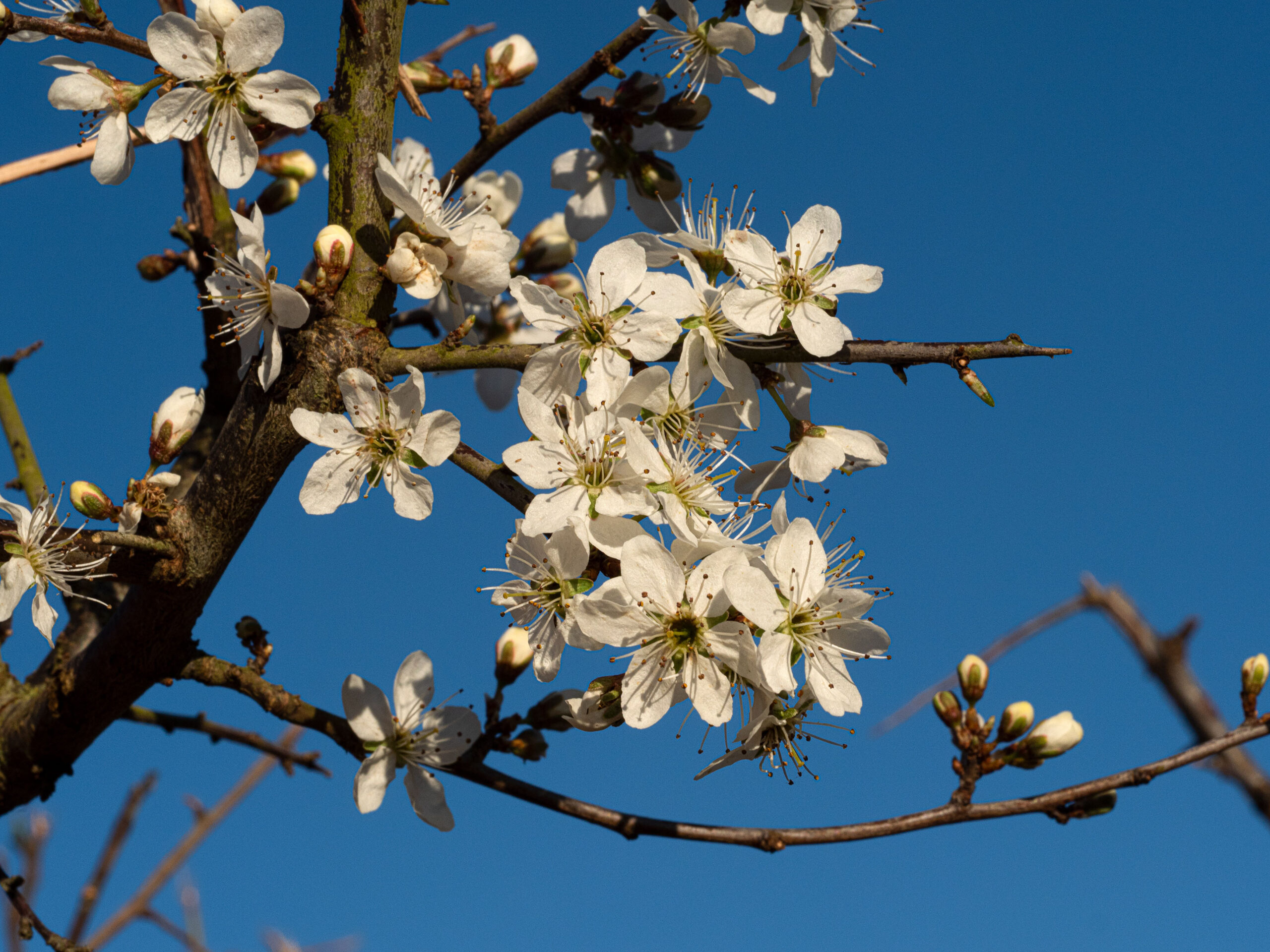




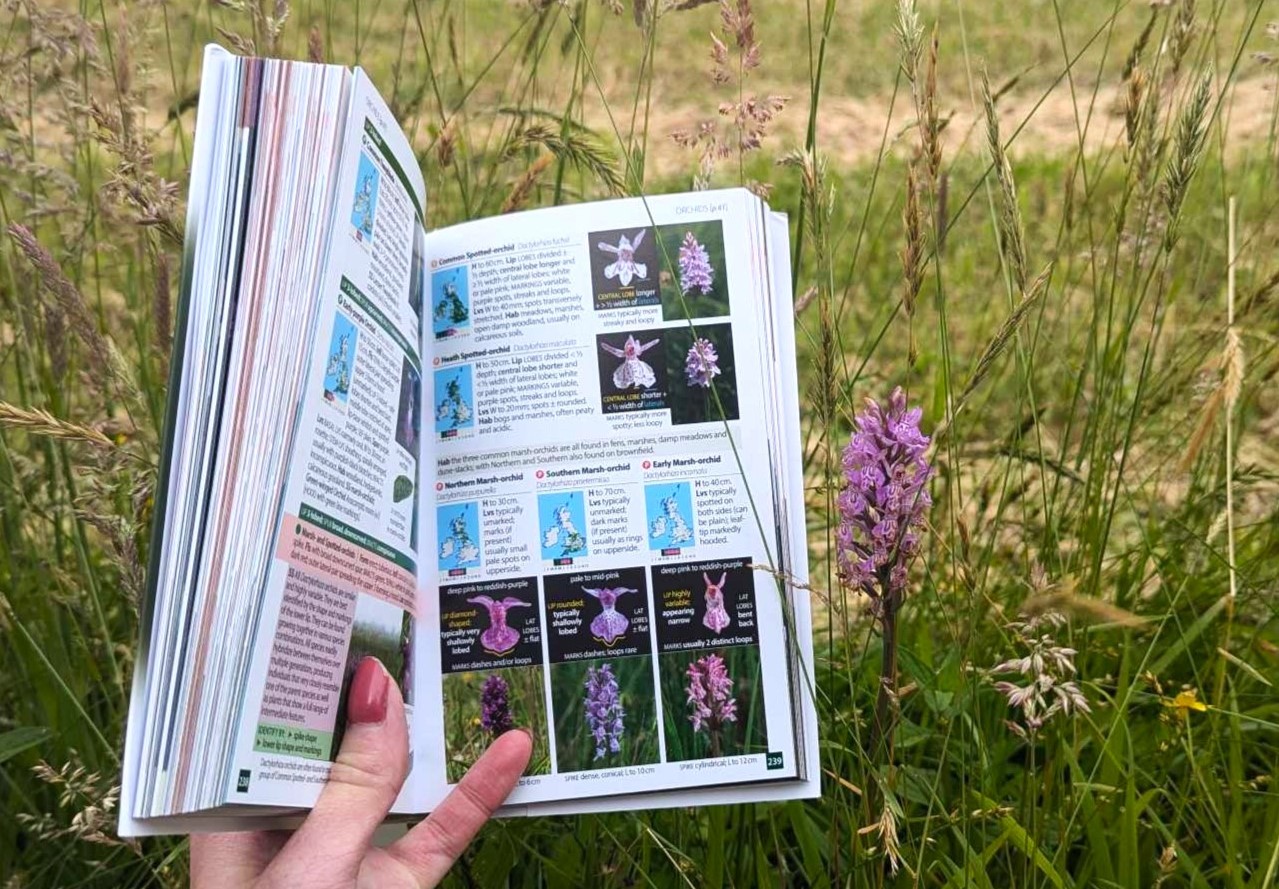
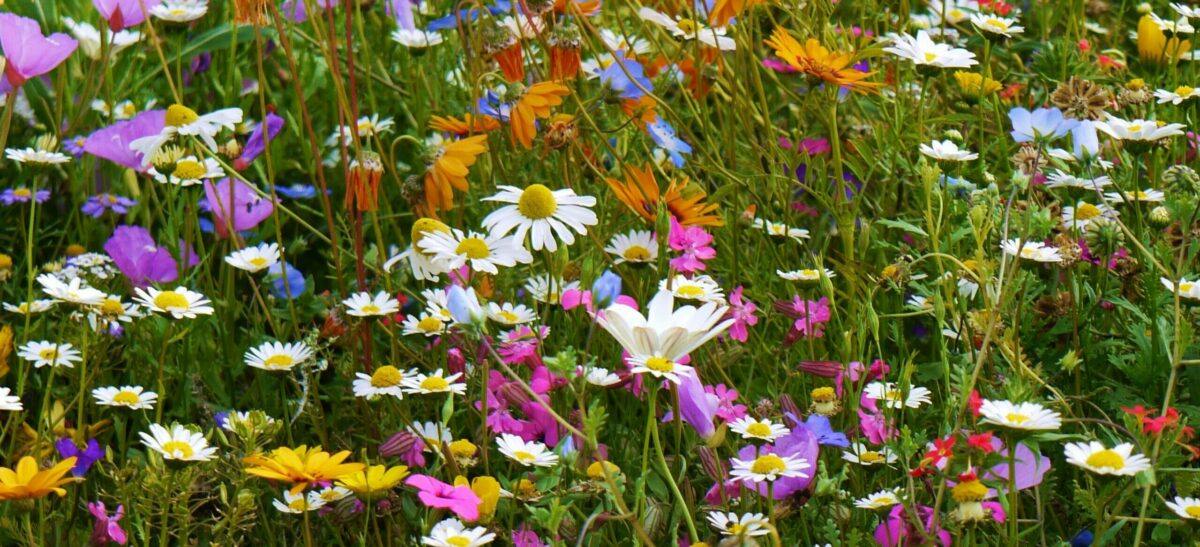




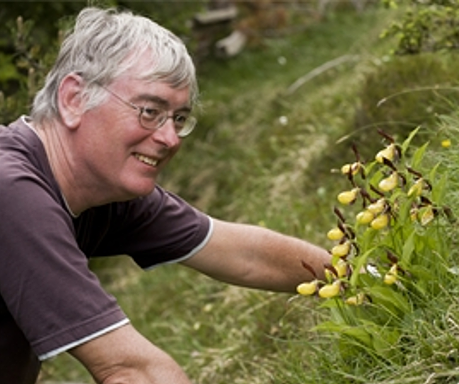





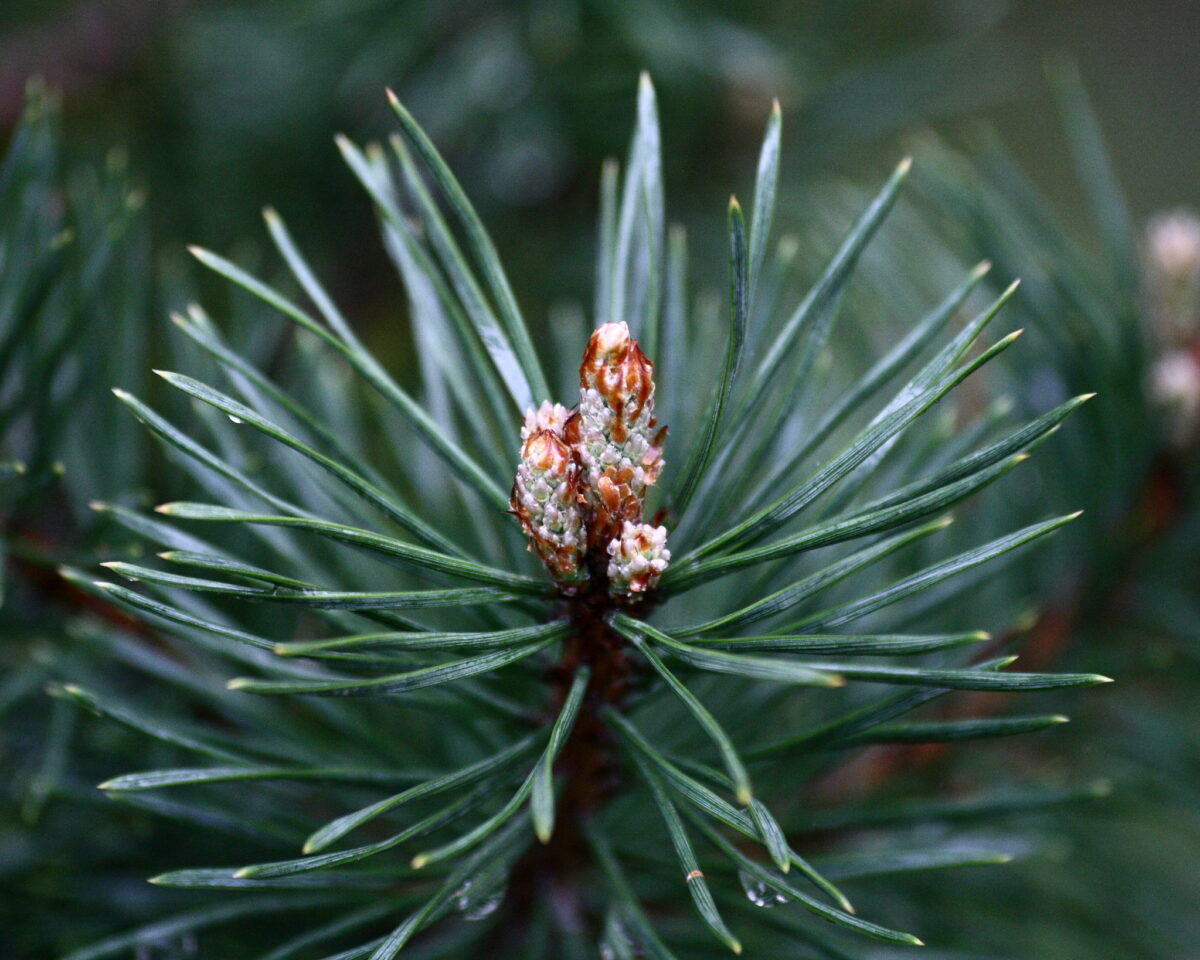

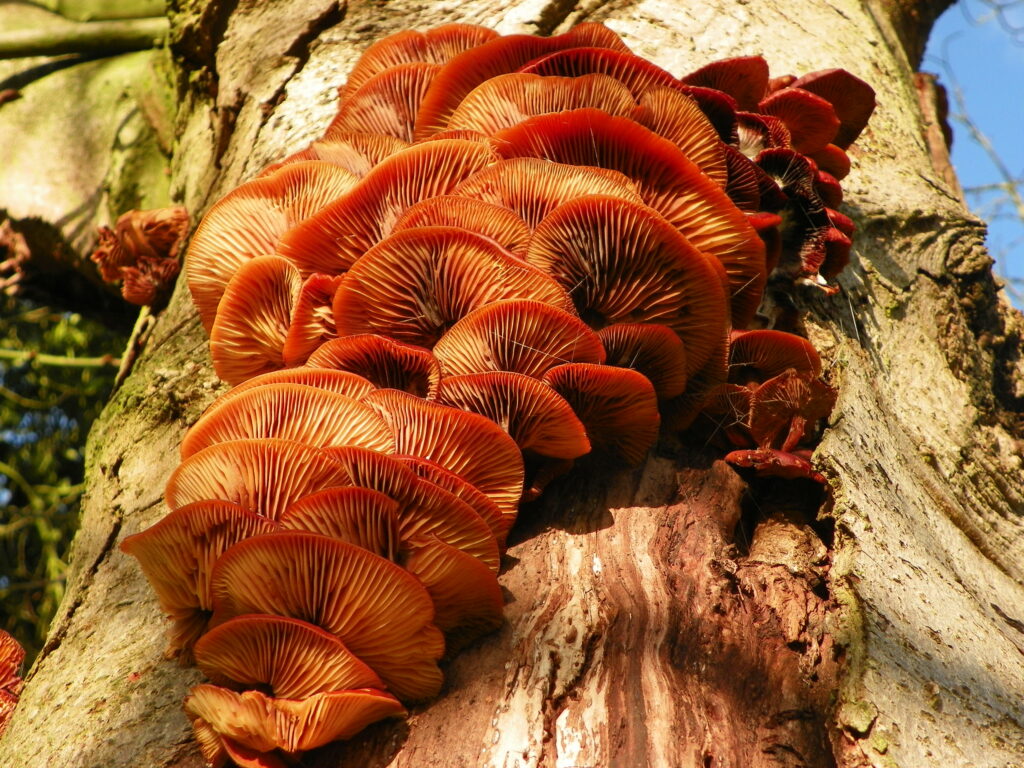

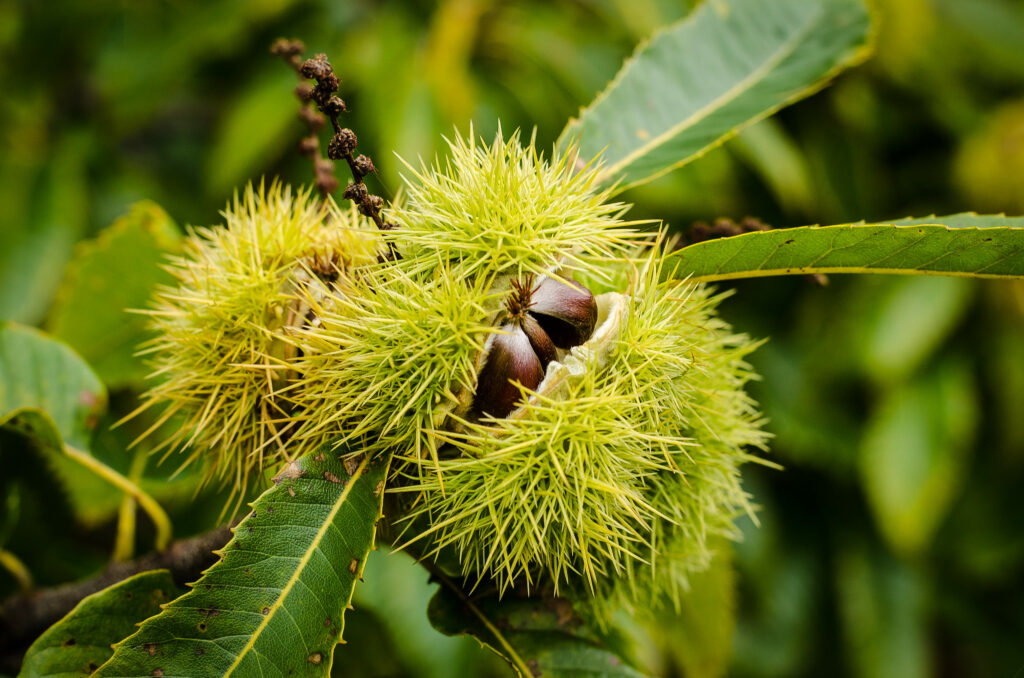



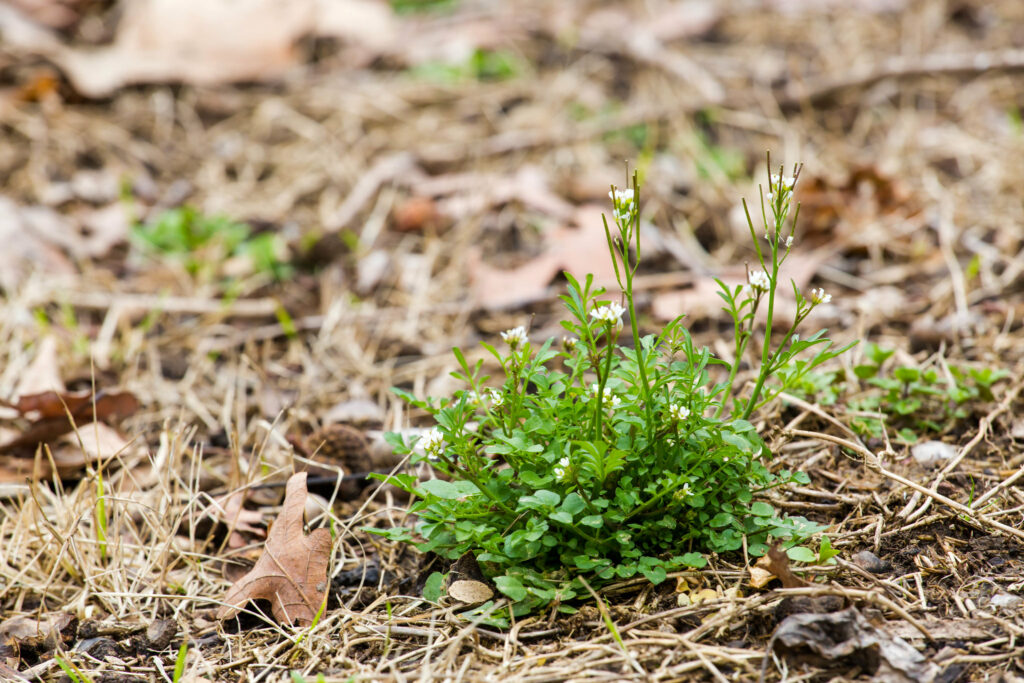
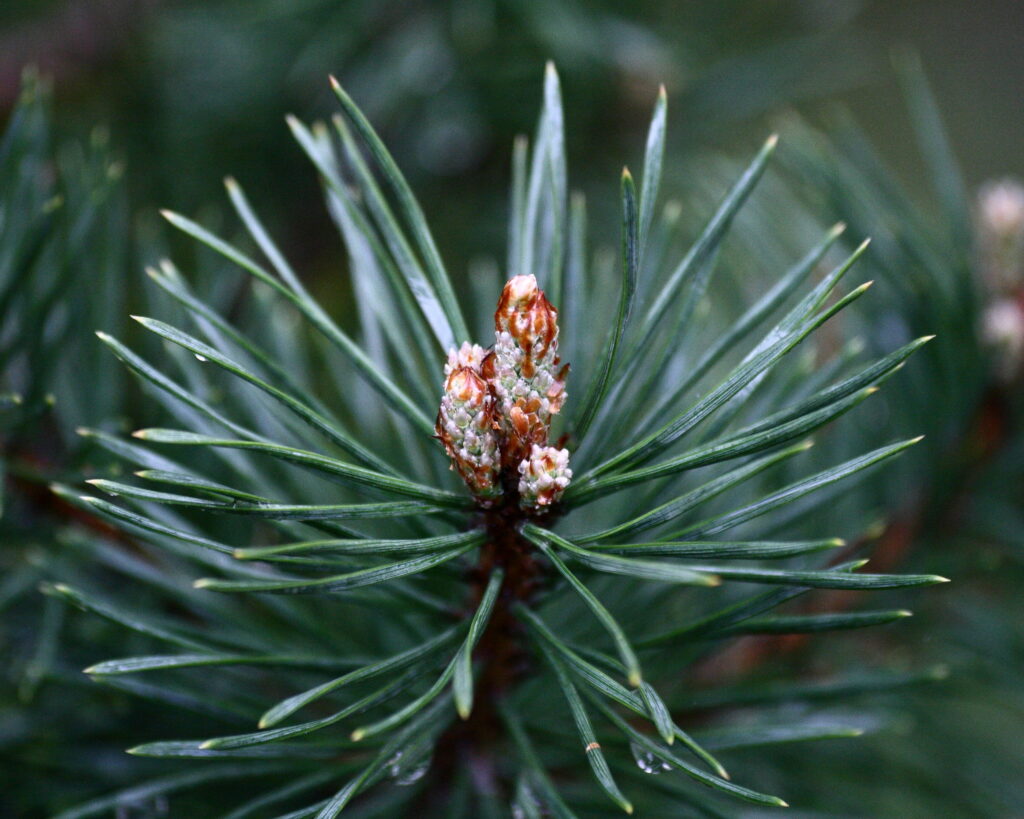




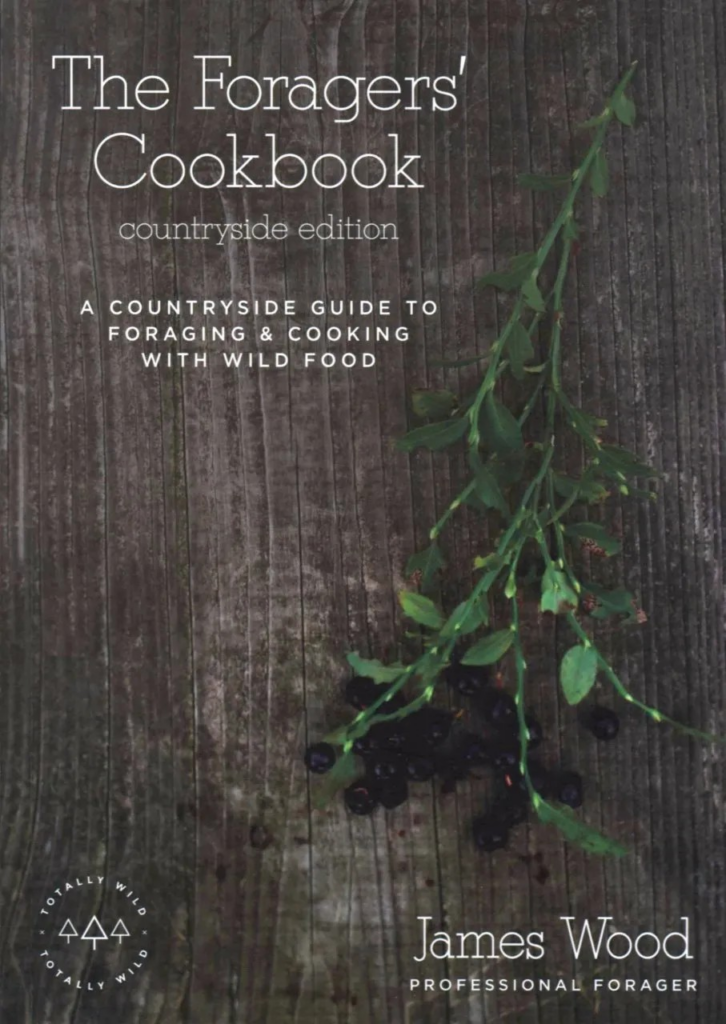

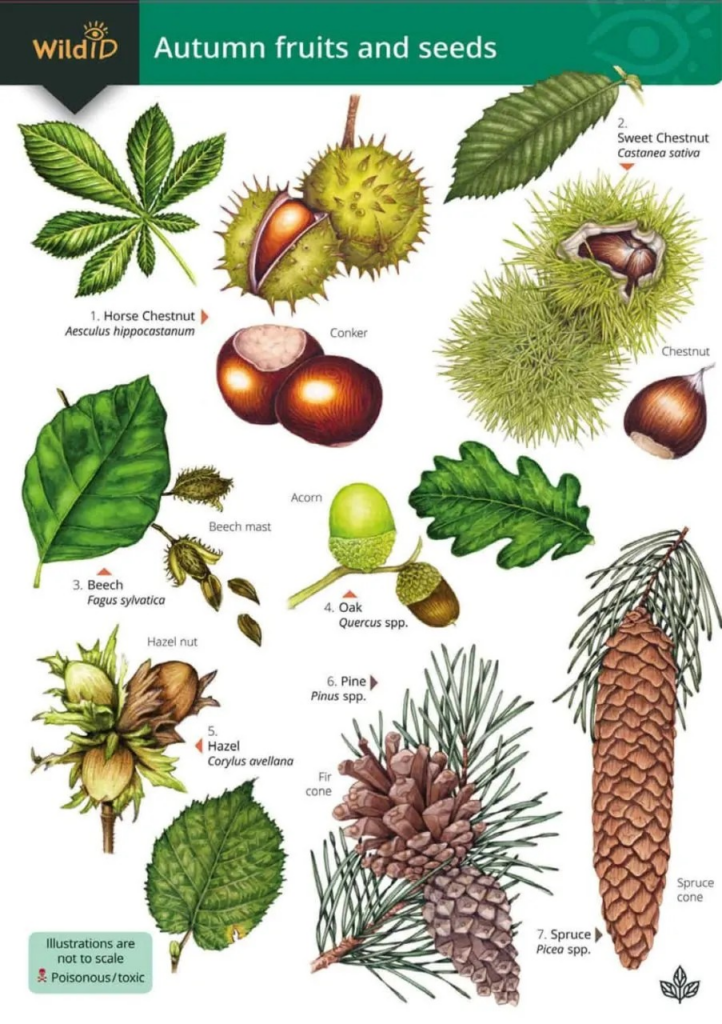

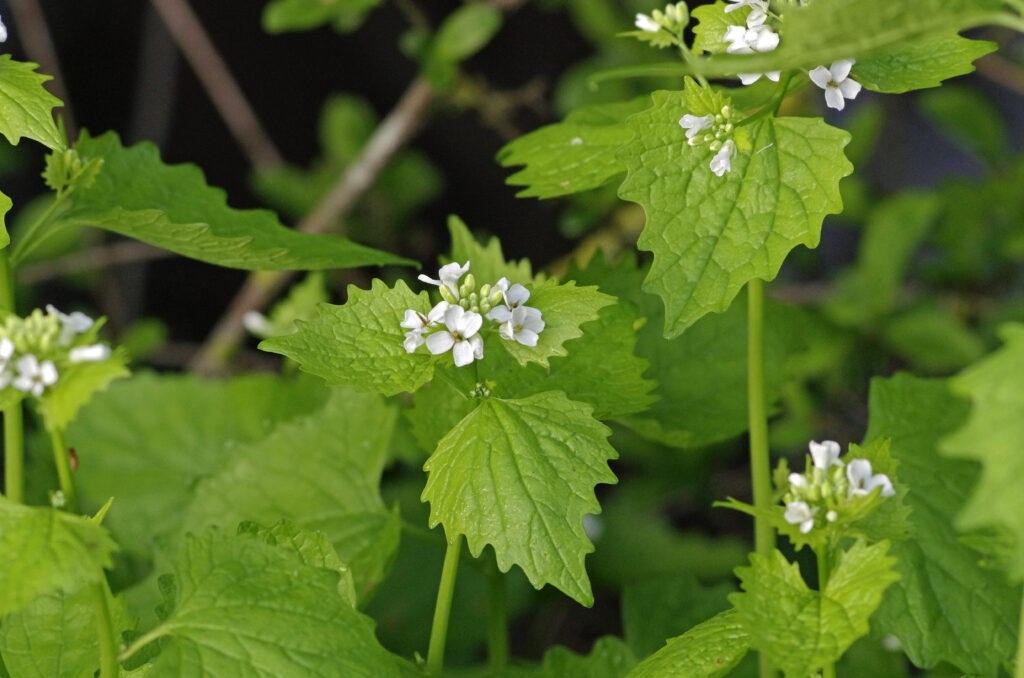









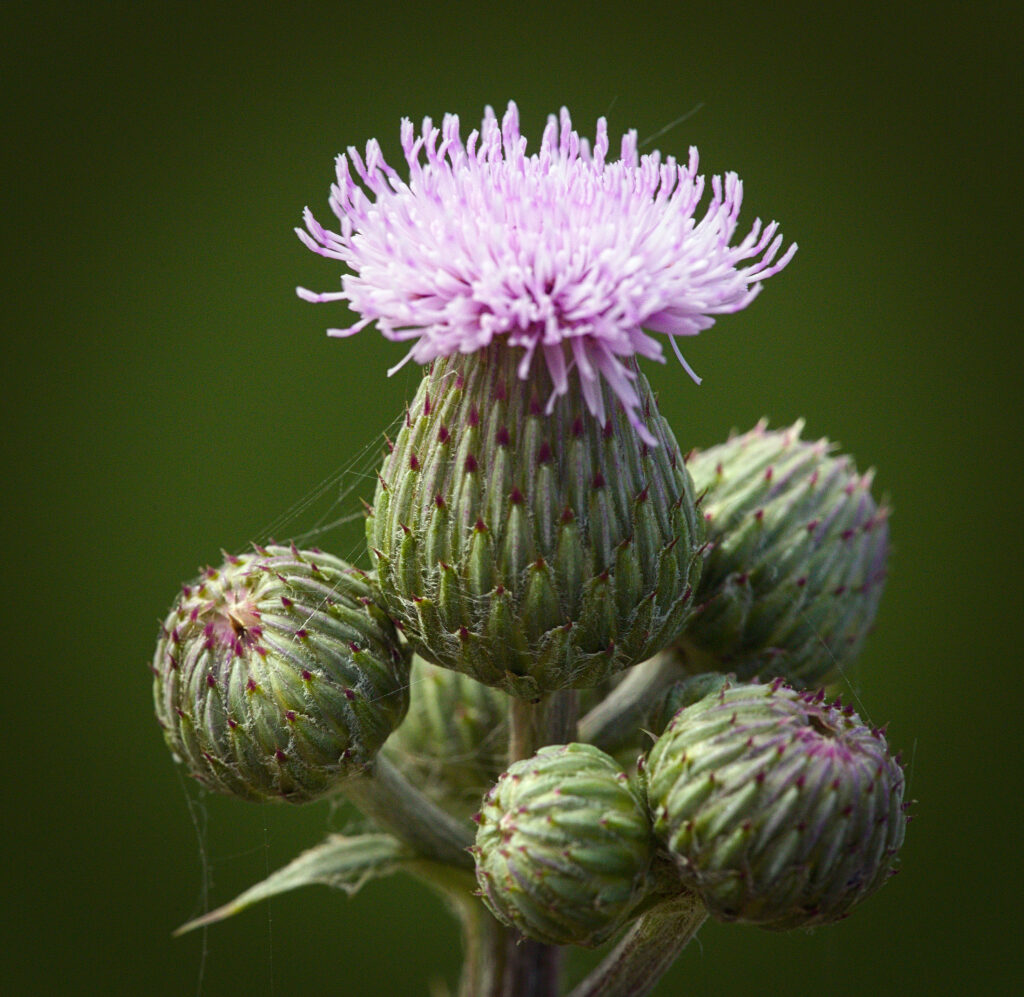
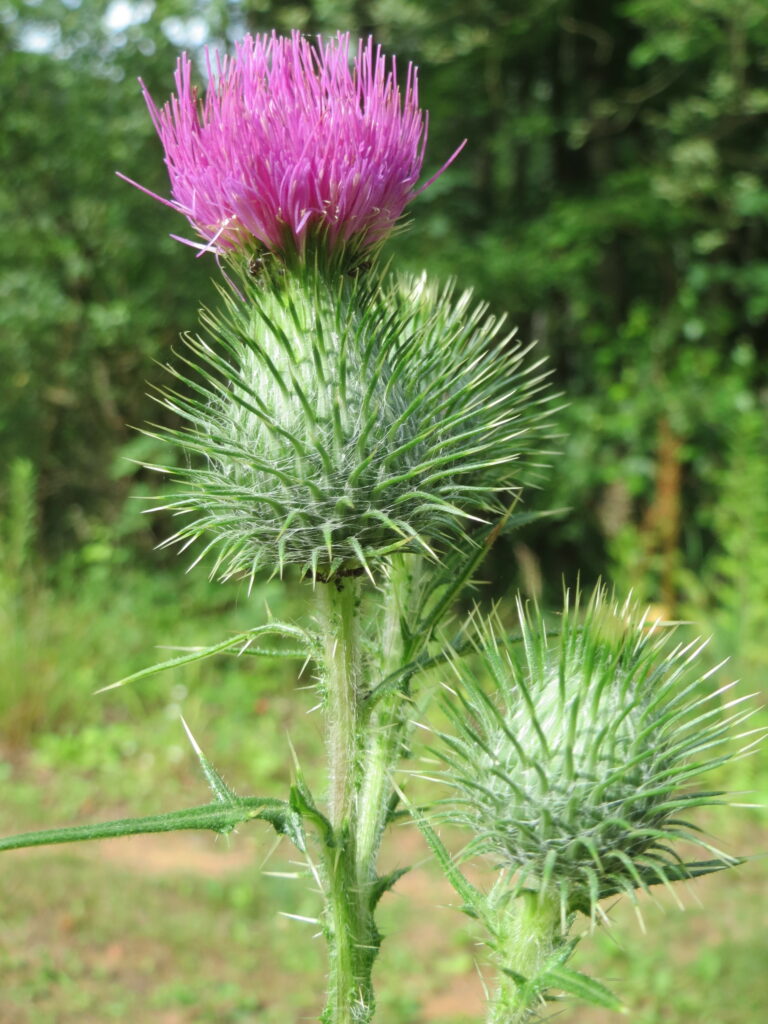
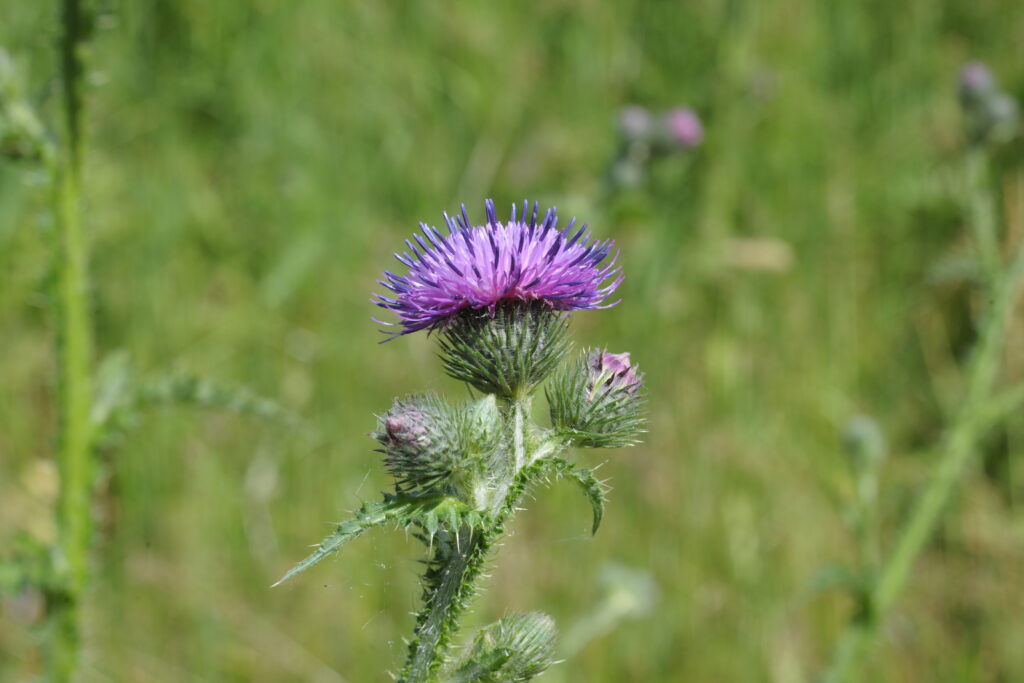












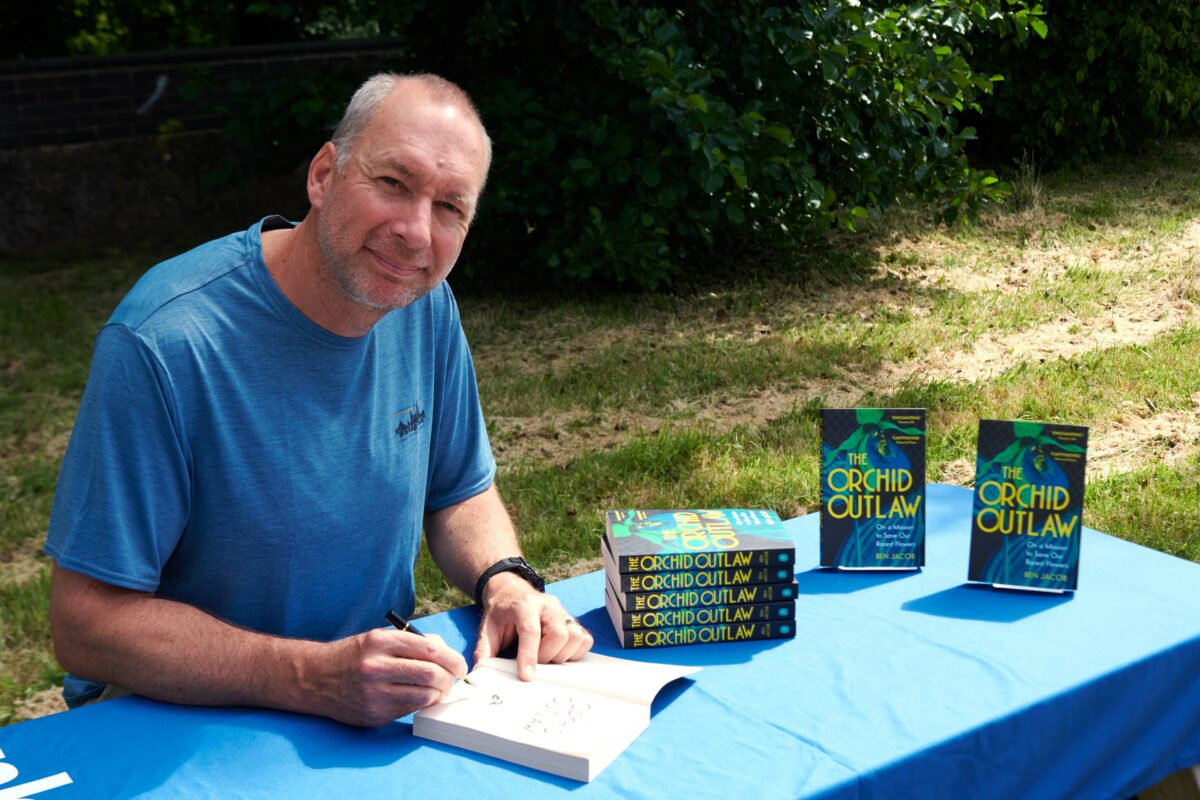

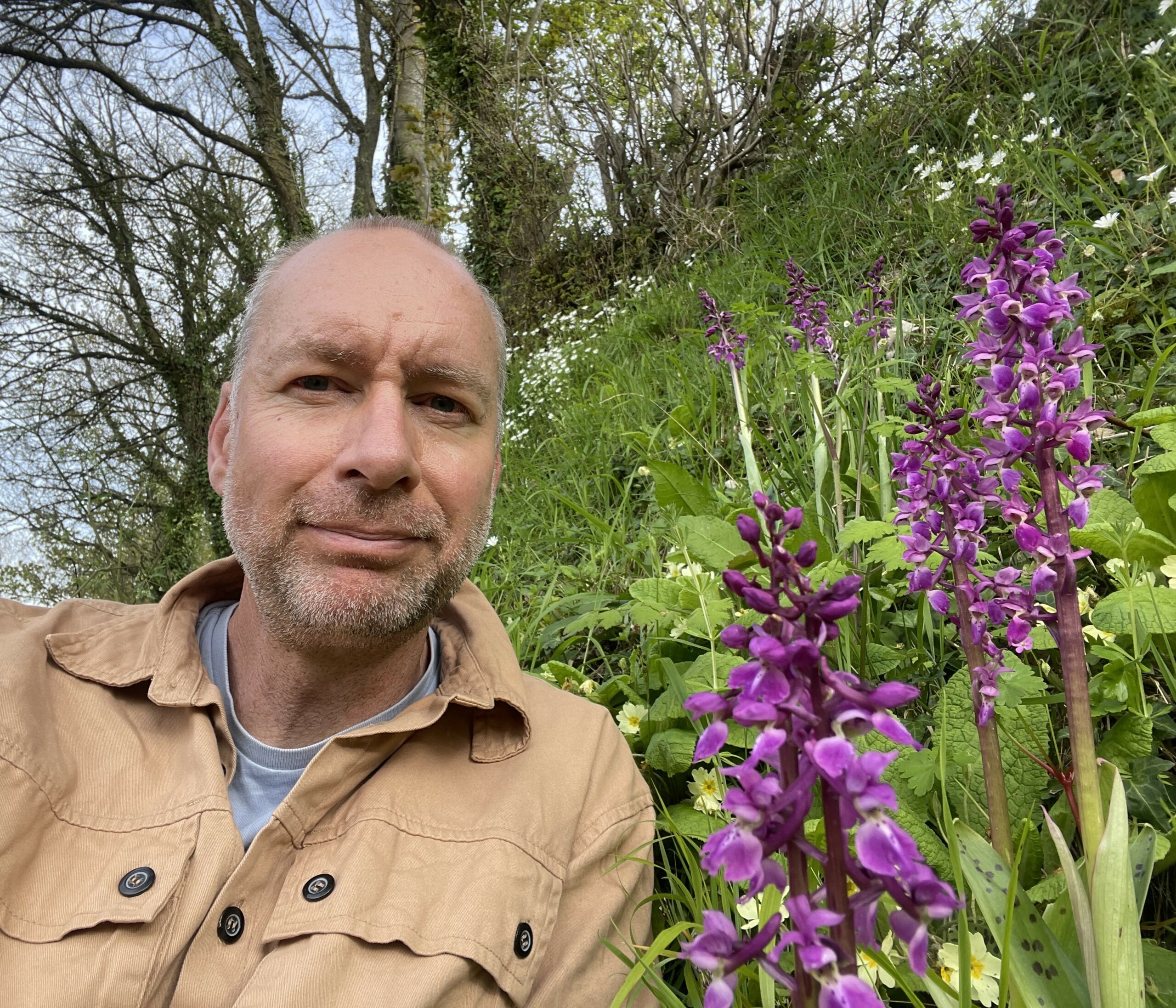 Ben works as a University lecturer by day, and as a clandestine ecologist, conservationist and Orchid-saviour by night. It is always a pleasure to meet the authors behind our books, particularly those who are adopting their own approach to nature restoration and conservation, and we were delighted to have the opportunity to talk to Ben in person about The Orchid Outlaw and have him sign our books. We discussed how he first became interested in Botany, his thoughts on the Right to Roam movement, what he hopes the reader can learn from his book and more. Read the full author interview on the Conservation Hub.
Ben works as a University lecturer by day, and as a clandestine ecologist, conservationist and Orchid-saviour by night. It is always a pleasure to meet the authors behind our books, particularly those who are adopting their own approach to nature restoration and conservation, and we were delighted to have the opportunity to talk to Ben in person about The Orchid Outlaw and have him sign our books. We discussed how he first became interested in Botany, his thoughts on the Right to Roam movement, what he hopes the reader can learn from his book and more. Read the full author interview on the Conservation Hub.

